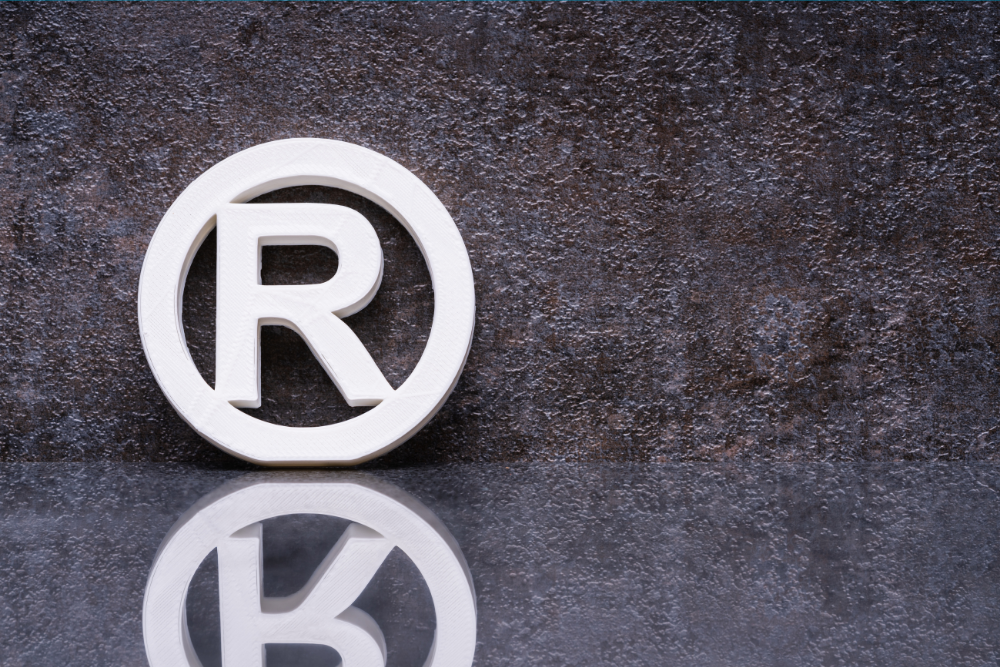The phrase “likelihood of confusion” is commonly used by examining attorneys at the USPTO to refuse a trademark application. It is also a phrase I often use when advising clients who are in the process of selecting a trademark for their new business or product line.
Here is a common example of what I encounter.
Client starts a new business. They don’t register any of the trademarks for their business.
Another company (we will call them the Competitor) in the same community opens. They offer the same class of services or products using a very similar name for their new business. Client decides not to do anything since most businesses don’t survive in the first two years of business.
Two years later, both businesses are still going strong. Now consumers are confused by the two businesses with a similar name. Some think that Client and Competitor are the same business. Some consumers call the Competitor, believing they are calling the Client.
What Does the Client Do Now About Trademark Likelihood of Confusion After the Fact? (And What Should They Have Done?)
The Client starts worrying about how consumers are confused. They contact a lawyer (we could call the lawyer “Crystal”) to find out if they can stop the Competitor from using this similar company name.
This Client has encountered “actual confusion” by consumers. The Client should have sent a cease-and-desist letter to the Competitor in the beginning, putting the Competitor on notice that the Competitor was/is infringing on the Client’s trademark.
Now, since the Client has delayed for two years, a court of law may decide that the Client waived their right to file a claim for trademark infringement. After all, the Client has known about the Competitor’s use of a similar trademark for two years.
Lawyers who conduct trademark clearance searches for their clients often must tell the client if a competitor in the market is using a similar trademark. If so, they will counsel the Client to choose another trademark.
A common response from clients to this advice: “I don’t think anyone will get confused.”
Clients respond the same way when a trademark examining attorney in the USPTO refuses their application due to “likelihood of confusion” by consumers. I have to explain to the Client that trademark lawyers are not considering their viewpoint. We are considering the viewpoint of the consumer as they search the Internet for a service or stand in a store, deciding which product to purchase.
You Don’t Get to Choose Who Might Be Confused, So Take Likelihood of Confusion Seriously
Remember that a trademark is a source identifier that distinguishes a business from their competitors. Adopting a similar trademark to your competitors can only lead to confusion on the part of consumers.
If a Competitor tries to use a similar trademark to yours, stop them in the beginning – it will save the Client and the Competitor a lot of time and money in the long run.
Be selective in choosing a trademark, and protect the trademark from infringers once you adopt it. Don’t travel the path of “likelihood of confusion.” If you do, consumers may ultimately decide to make a purchase from your competitor instead of you.
